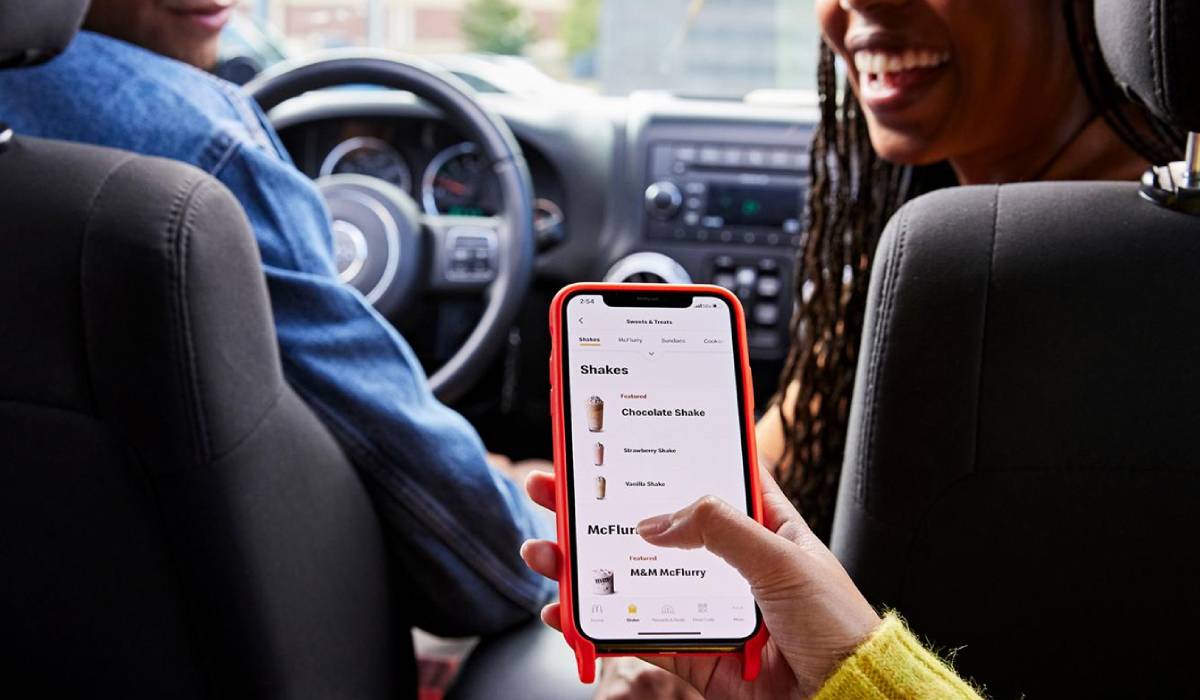It’s easy to assume that everyone buys everything online these days.
But that’s not true: 80 percent of all retail sales still happen in brick-and-mortar stores. And in quick service, where digital channels are strong and expected to be over half of sales by 2025, much of that is due to third-party delivery services.
Most consumers are still not aware of—or using—branded apps in quick service and retail. Only about a third of polled consumers knew that brands like Domino’s and Taco Bell had apps, let alone ordered from them.
Yes, food delivery apps have allowed almost every quick-serve to penetrate the delivery channel, but these come with fees that eat into margins and loss of ownership of customers themselves.
All brands are facing a loyalty problem. Without pricing power and opted-in customer data, brands cannot build a direct relationship with customers, understand what they want and deliver it (pun intended).
In today’s digital-first environment, where over a third of consumers’ media time takes place on mobile, and 80 percent of mobile time is spent in apps, the best way to take back ownership of that relationship is through your own app.
Easier said than done. The app marketplace is extremely crowded and building awareness and getting users to download your app is hard.
At peak COVID, consumers downloaded apps without hesitation. Now, the growth rate has slowed, and having an app on your phone has become more of a personal identifier.
Are you an iMessage-only kind of person, or do you have multiple messaging apps? Is there a favorite quick-serve on your home screen? What about a retailer or other branded apps? The apps you have on your phone say a lot about you, and for Gen Z, their personal brand is important to them, and the apps are part of that.
So how do you earn that spot on the consumer’s phone? There are a few things you need to increase your chances of getting a free placement or to boost your UA to sustainable levels.
Loyalty Wins the Day
First, find the consumers who are already loyal to your brand. Who are the ones that already had your rewards card in the offline world? Back in the day, I had the Starbucks Gold Card because the brand fit my criteria for a valuable product and service. So when the app came along, I downloaded, registered and opted-in to share my private information and use it regularly. I trusted the brand, so I trusted its app.
And for those who might be on the fence? Focus on two things, and two things only: Value and Convenience.
Ease of Use and Utility
Value boils down to free stuff. Customers are giving you their data, attention and frequent business. Even if they only purchase once, they are worth a free coffee or two. Granting rewards works in the offline world to drive foot traffic and upsells, and mobile gives you that gateway.
When it comes to convenience, a better word is “utility”—how useful can this app be for the end-user? You create utility by making the app experience seamless. When you design (or redesign) your app and work with an agency, you should aim to consolidate the consumer’s path to purchase. What are the fewest actions they must take? How can you reduce those steps further once you have their information or integrate key partnerships with third parties (e.g., login options, payments) integrated into the app?
This might seem obvious, but sometimes critical details can go unnoticed. For example, imagine a big brand that adds Apple Single Sign-On (SSO) to their app but forgets to add it to their website. Suddenly, an experience that should have been seamless across the app and website was not. A user who had payment information saved in their app profile must now enter it manually when ordering through the website.
Creating a Better Experience
Finally: location, location, location. Whereas the brand-focused view is ‘I know where my customer is so that I can market to them,’ the customer-focused POV is ‘Let them find me.’ Some 80 percent of Americans live within 20 miles of a Starbucks. With an app, you control the experience of what the user sees, like store hours and the nearest location. And you can let them find what they ordered! Dominos, for instance, makes it so easy to see your order; you can track it from the oven to your door.
These types of utility (e.g., payment, location) were previously only associated with Apple and Google, but now you can build those features into the basic capability of your app.
Looking at apps in other verticals, like Banking and Travel, I see so much value created and delivered to the user. Even after paying for your flight, the airline lets you access related information quickly, like rental car prices or the weather at your destination. The Hilton app allows for contactless check-in and digital key entry.
Some brands in quick service are putting consumers first and thinking about how they can serve them before, during and after purchase. This is why their brand loyalty is off the charts. Apps that let me get what I need faster, pay with ease, and continue to provide value in ways I didn’t expect deserve a spot on my phone, regular usage and my dollars.
Matt Tubergen serves as Digital Turbine’s EVP of Global Strategy & Corporate Development. With more than 20 years’ experience in the mobile app ecosystem, he has pioneered mobile first strategies for 100’s of the top mobile properties. Previously he led mobile demand strategy as SVP & General Manager at Taptica. He has held senior management positions for American Greetings, THQ and Native X along with supporting multiple successful startups which he founded or co-founded. His background includes media acquisitions, mobile marketing and monetization strategies, product management and business development with partners spanning NFL to Disney.













